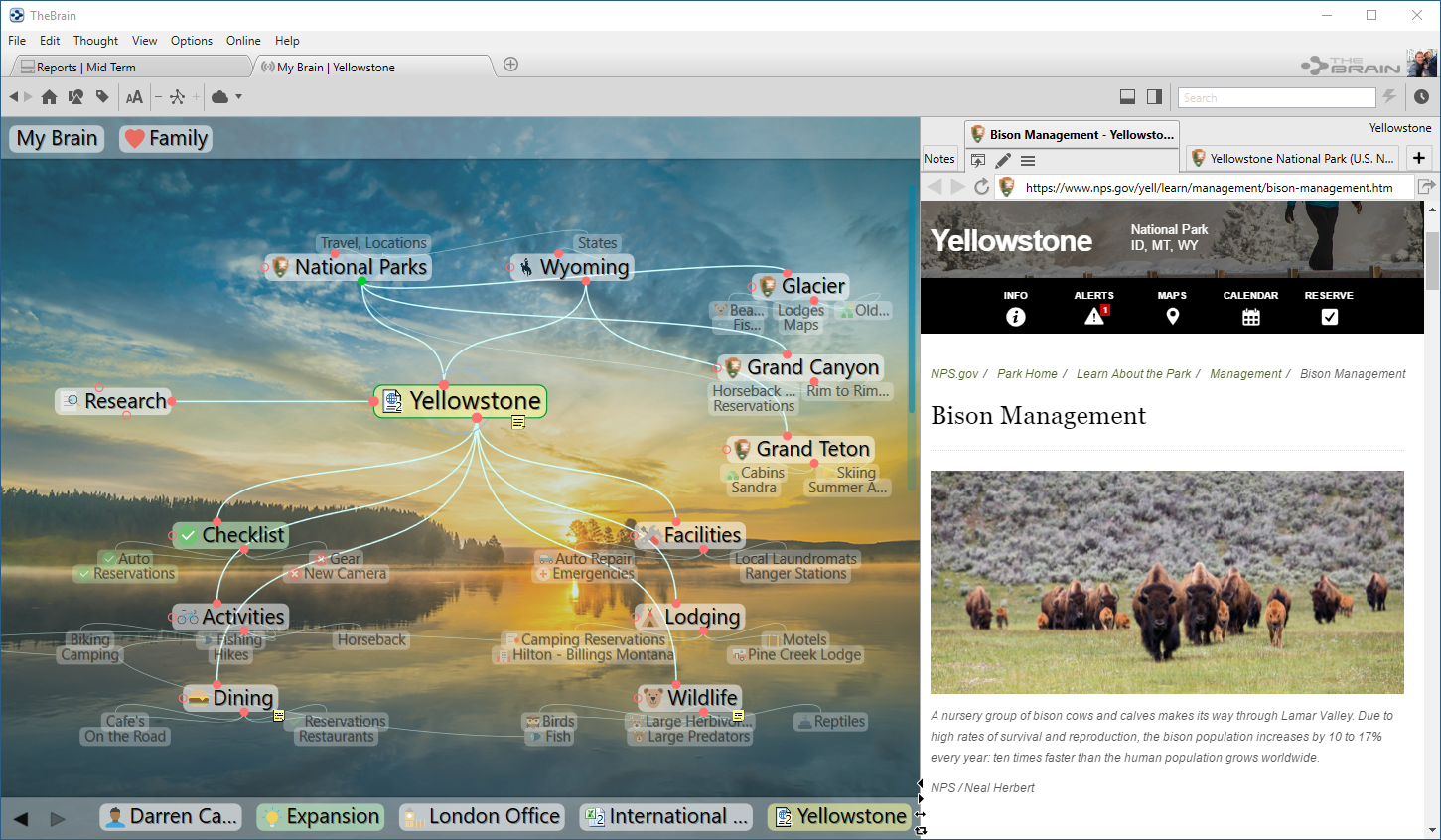

Demonstration of ongoing restricted diffusion in a cavity suggests persistent infection 8. In cases where the abscess cavity does not completely obliterate, follow-up with MRI including DWI is useful and lack of restricted diffusion is reassuring. Broad-spectrum intravenous antibiotics are also needed and can later be changed to agents tailored to the specific organisms. This can be performed either by stereotactic aspiration or craniotomy 7. The mainstay of treatment for cerebral abscesses is neurosurgical intervention and drainage of the collection. MR spectroscopy: elevated peaks are seen corresponding to lipids/lactate, succinate, acetate, and amino acids (alanine, valine, leucine, and isoleucine) 14 to both normal white matter and tumor edema seen in high-grade gliomas 2 MR perfusion: rCBV is reduced in the surrounding edema cf. Mostly overlaps with contrast-enhancing rimĭual rim sign: a hyperintense line located inside the low-intensity rim In some immunocompromised states, central content may not diffusion restrict 13 Peripheral or patchy restricted diffusion may also be seen this finding is however not as constant as one may think, with up to half of the rim-enhancing lesions demonstrating some restriction not proving to be abscesses. High DWI signal is usually present centrally 11 The abscess capsule may be visible as an intermediate to slightly low signal thin rim 1 Peripheral high intensity (vasogenic edema) Ventriculitis may be present, in which case hydrocephalus will commonly also be seenĬentral high intensity (hypointense to CSF, does not attenuate on FLAIR) Peripheral low intensity (vasogenic edema) Although peripherally-enhancing lesions may be non-specific by imaging, diffusion-weighted sequences (less commonly MR spectroscopy) showing central diffusion restriction are critical for suggesting the diagnosis of a cerebral abscess.Ĭentral low intensity (hyperintense to CSF) Obstructive hydrocephalus will commonly be seen when intraventricular spread has occurred Ventriculitis may be present, seen as enhancement of the ependyma Surrounding low density (vasogenic edema) Ring of iso- or hyperdense tissue, typically of uniform thickness Outer hypodense and inner hyperdense rim ( double rim sign) in most cases In patients with suspected intraparenchymal sepsis, pre- and post-contrast scans should be obtained, unless the plan is to proceed to MRI regardless of the CT findings. Late encapsulation - progressive central necrosis, cavity shrinks, decreasing surrounding edema

+/- ventricular extension, with accompanying ventriculitis The rim may be less-well defined along the peripheral aspect of the lesion (away from ventricles) a discrete lesion with a thin enhancing rim Late cerebritis - please see cerebritis article The immunocompromised patient is susceptible to a host of other organisms including 3:īoth CT and MRI demonstrate similar features, although MRI has a greater ability to distinguish a cerebral abscess from other ring-enhancing lesions:Įarly cerebritis - please see cerebritis article Listeria in pregnant women and older patients Staphylococcus aureus and epidermidis: following neurosurgery Mixed: variable, 10-90% of cases depending on source 3 Late abscess/encapsulation - may occur >14 days after infection Direct introduction by trauma or surgery accounts for only a small minority of cases 3.Ĭerebral infection is commonly divided into four stages with distinct imaging and histopathologic features:Įarly cerebritis (a focal infection without a capsule or pus formation,can resolve or develop into frank abscess)Įarly abscess/encapsulation - may occur 10 days after infection More recently hematological spread has become most common. Historically direct extension from sinus or scalp infections was the most common source. Initial parenchymal infection is known as cerebritis, which may progress into a cerebral abscess. PathologyĬerebral abscesses result from pathogens growing within the brain parenchyma. Eventually, many abscesses rupture into the ventricular system, which results in a sudden and dramatic worsening of the clinical presentation and often heralds a poor outcome. Symptoms of raised intracranial pressure, seizures and focal neurological deficits are the most common forms of presentation.

Clinical presentation is non-specific, with many cases having no convincing inflammatory or septic symptoms.


 0 kommentar(er)
0 kommentar(er)
